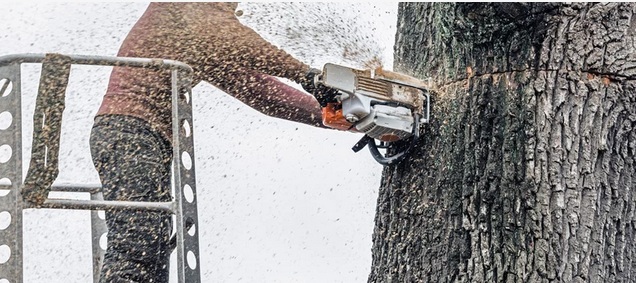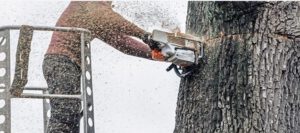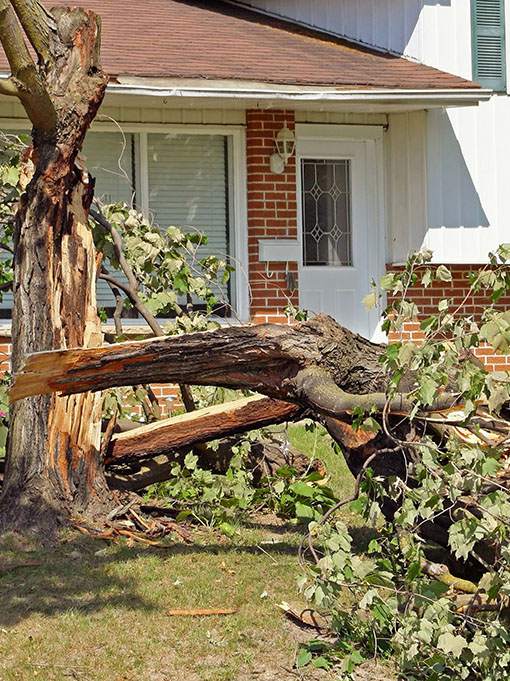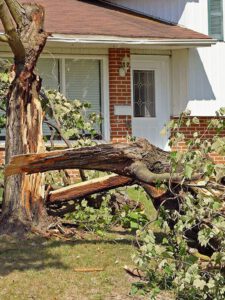Rather than letting some outside company do your web design, you can learn the necessary skills that will allow you to create a professional looking site. It actually isn’t very hard to learn, although it looks tricky at first glance. Keep reading this article to understand how simple it can be.
Avoid useless scripts. Scripts like counters and date/time scripts don’t really serve any purpose, and since they are all JavaScript, can add a few kilobytes to the page’s file size. Getting rid of these elements also frees up space on the homepage. Replace those useless scripts with useful content that keeps users coming back.
Avoid using frames. Most sites have abandoned frames on their own as better alternatives have become available, but there are still sites out there that are trapped in 1996. Alternatives to navigational frames include fixed-position navigation panels, having navigation in multiple areas (e.g. left and bottom) or simplifying page structure so that navigational links are never far away.
Don’t overdo it with JavaScript. JavaScript is highly overrated because it can cause issues for some users. Each web browser is different, and each has a new version on a regular basis. Many visitors use outdated versions of various web browsers, which means your code might not be supported. Also, some people browse with scripting turned off. Both of these factors can determine whether a user is able to access your site.
If you are not feeling confident in any area at all when you’re designing a website then go ahead and ask for help from someone. You can either find help from a friend or from strangers on places like forums on the web. Just be sure you don’t tackle anything without knowing what you’re doing first.
Because coding is used in website design, many people feel it is probably very difficult to do. As you’ve read, there’s not much to it. Just follow these tips and you should not have trouble with the design of the site.
You can also visit our other websites and post your article.
BBD Financial, Karltwiford, Plano Painting Service, Web Security Athletes, Italian Editors, Digital Learning Room, Branson Homes Showcase, Clear High Speed Internet , Digital Native AUS, Happy Maker Now, Optimology, Find Small Business Software, Ukon Line For Business Scotland, Computer Mania, Ambience Aircon, Sitamoht, Cumming Fence Installation, UNH Express , Fence Contractors Sacramento, Missouri Bits, Internet Gossip, Packed In It, Swiss Line Trading, Alfa Auto Group, Katherine Lynch, San Mateo Web Design, Home Refit, My Business Resource, CMSDNN Module, The Sides Project, Drupalcamppa, Forehead Thermometers, Online Net Business, M3 Conf, Patrick Hermanseo, Peter Anania, Tree Bind, Internet Privacy Systems, Dentist 719, Eonid




